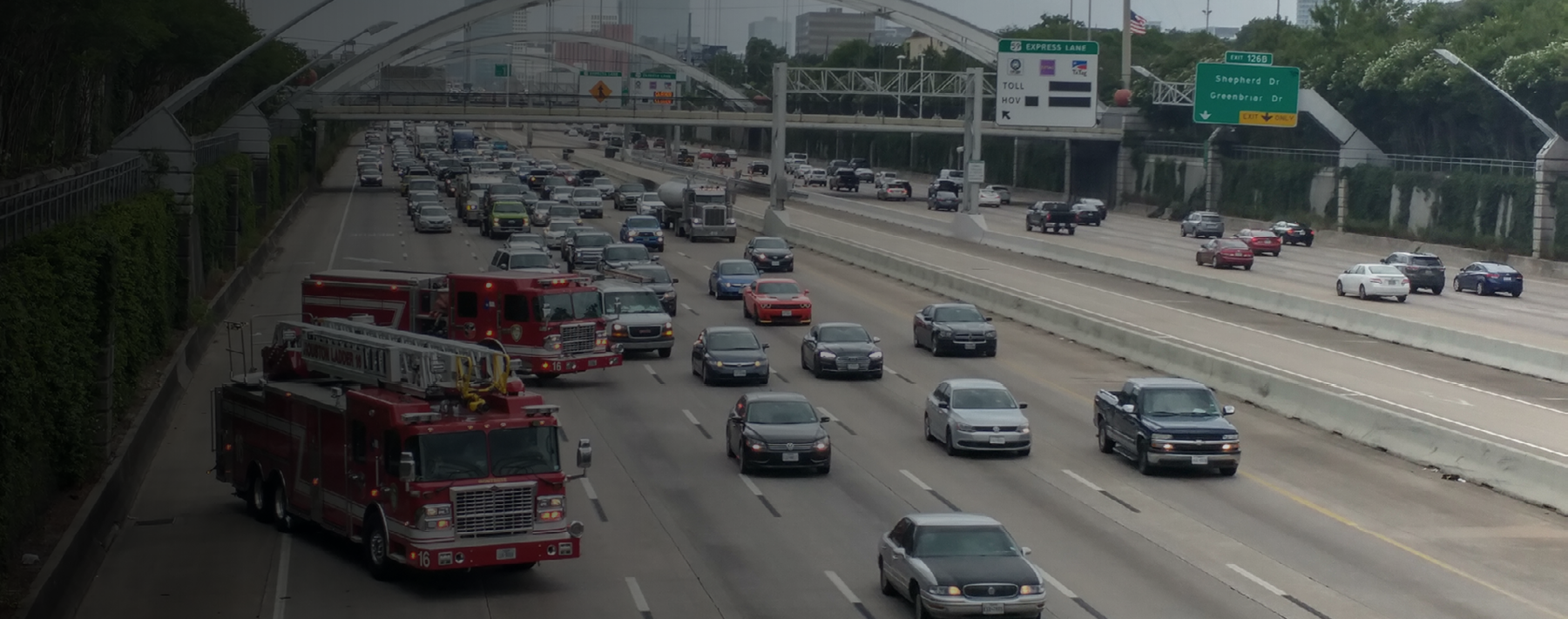Fire departments and fire service leaders are well versed in the language of readiness. We pride ourselves on being ready. And we use benchmarks—NFPA 1410 drills, ISO assessments, accreditation standards—to demonstrate our readiness. This is a good start, but too often, this approach to fire department operational readiness becomes an exercise we go through to make us feel good—and not an effective measure of whether we’re actually ready for the incident.
Consider this example: The Federal Aviation Administration (FAA) requires all airport fire departments to demonstrate that they can get to the midpoint of the furthest runway and deploy firefighting equipment in 3 minutes or less. Airport fire crews must repeat this drill to demonstrate operational readiness every year.
The problem? There’s no context in the mandate about when the drill takes place. Is this drill a non-notice event like an actual aircraft emergency? Or does everyone on the airport know this drill will be conducted and is ready to go to ensure they meet the requirement? Is it snowing, raining? Is it 2 am? All these factors will affect your response during an actual event. Is the drill you’re running really demonstrating your actual response capability? If you’re doing the drill in the middle of the day after staff have been prepped that the drill is happening and have recently practiced it, you’re not getting a good read on your true preparedness.
Variables That Impact Fire Department Operational Readiness
I hinted at a few variables that can affect your readiness for a particular incident, but let’s dive into them more closely.
Staffing
Staffing is a huge variable when it comes to operational readiness. Often when we do benchmark drills, it’s when we’re fully staffed—we have the truck, the rescue, the medic unit all staffed and ready to go. But how often does your department operate on minimum staffing? When we do these drills, we should consider changing the staffing model. How does it change your response if you only have 50% of the first-alarm assignment and you get a delay of those resources on scene? What we’re going to find is that we can still carry out the mission, but not as efficiently and effectively.
Good training involves both isolating foundational skills and combining several skills into a complex scenario.
By training under realistic staffing parameters, we’re teaching our personnel how to respond in a less-than-perfect scenario, and how they’re going to need to adapt until better resources can be brought to bear. In addition, if your agency struggles with staffing, a realistic drill can give you justification for additional funding, because it can lay bare how your current staffing model leaves you unable to meet best practice standards.
Weather
I’m not suggesting we have to train in the middle of a blizzard or when its 110 degrees outside, but we need to be able to replicate how weather impacts our ability to do our job. Here’s where a little creativity comes into play. For example, during a structure fire drill, you can use a ladder truck or other device to apply a fog stream to shower participants to simulate operating in heavy rain.
Timing
When you think back on your NFPA 1410 drills and other benchmarking exercises, have they typically been held in the afternoon? No one wants to be up at 2 am for a drill, but if we honestly want to evaluate operational readiness, maybe we should be. And if we’re worried about jeopardizing response capability with a 2 am drill, maybe we think outside the box for staffing so we can conduct these drills without sacrificing our response capabilities for real-world events when we train.
With all these factors, the point is that we need to be thinking about what it takes to get an accurate assessment of our response capability.
Advance Notice
Another aspect to consider with these types of annual drills is whether you’re inadvertently or advertently giving your crews notice that the drill is coming. The FAA drill I mentioned is supposed to be a no-notice drill. In reality, as soon as FAA comes on airport property, usually it is no secret, as well as when the ARFF inspector is on site. So instead of accurately portraying incident response, everyone is gravitating toward the apparatus bay, they have their PPE on, they might even be sitting in the truck with the engine running.
The same thing can happen with 1410 drills. Many departments tell crews weeks ahead of time that a drill is coming. The crews in turn practice, work out the kinks and show up to the drill ready to go. There’s nothing wrong with that, but again, it’s creating a situation that doesn’t accurately reflect real-world response capability.
Clearly, personnel scheduling complicates the ability to run a surprise drill. But it is possible to cultivate a readiness mindset. My department purchased a trailer-mounted car fire simulator, completely self-contained. I got in the habit of taking the trailer out frequently—sometimes for no-notice drills. Whenever I departed with the trailer, crews knew, and they went on alert. Most of the time, I wasn’t conducting a no-notice drill. But just seeing the trailer leave the station underscored to the firefighters the need to be ready.
Moving Parts
Another factor to consider is the context under which the skills assessment is done. When it comes to NFPA 1410 drills, are you conducting the drill within the context of a realistic scenario—deploying hose at a building in your response area—or are you doing it in a parking lot with a stopwatch?
What this comes down to is whether you’re isolating a skill or incorporating it into a situation where multiple skills must be used rapidly to accomplish multiple objectives. Left to their own devices, crews will train on the low-hanging fruit, because it’s nice to feel successful. But when was the last time the crew laid 5,000 feet of large-diameter hose and maintained a 1,000-gpm fire flow?
By training under realistic staffing parameters, we’re teaching our personnel how to respond in a less-than-perfect scenario.
Now, this kind of drill comes at a price—you’re going to dump five engines of equipment on the ground and tie up those companies for hours. I don’t pretend it’s easy to do. But if your community experienced a catastrophic failure of water supply, drilling in this manner is the only way to ensure you’re ready. As Gordon Graham says, “predictable is preventable”—if we can predict we might lose part of the city’s water supply then we need to be able to lay 5,000 feet of LDH. Our training needs to be built on our community risk assessment, so we’re prepared to face the worst-case scenario, whether that be a tornado, structural collapse, or search and rescue situation.
Bottom line: We can think of 1,000 reasons why not to do more challenging drills—but there are 1,000 or more reasons why we should.
Break It Down First
Ideally, drills involve complex scenarios that combine skills. But before we can get there, we need to ensure foundational skills are solid.
When I first became the training chief at my current fire district, I heard from the senior firefighters that they wanted advanced training—swift water, structural collapse, etc. They wanted this kind of training because it was exciting and challenging—it’s not something we do every day. But as we started to incorporate these advanced drills, I realized our foundational skills—like shoring and cribbing and tying knots—were lacking.
Good training involves both isolating foundational skills and combining several skills into a complex scenario. We do basic training to ensure the foundational skills are solid. Then when we do something complex, like high-angle rescue, we can do it safely because we know how to tie knots and how to set up systems.
Think back to your days at the fire academy. You learned about structural turnout gear and SCBA, then hose deployment, then fire behavior, then forcible entry. But at some point in the training process you had to put it all together, to demonstrate your ability to don PPE, get on the apparatus, get off, deploy the line, force the door and then fight the fire.
Our ongoing training and drills should have a similar approach. A 1410 drill is typically an isolated skill drill. But we can change up the context to make it more complex and real-world. Don’t always go to the training ground to do the drill. Maybe on your next fire alarm pull, you conduct a 1410 drill. Drill on the building. Hone your stretch. Crew readiness comes at the company level.
Lead Your Organization to Training Excellence
Complacency is always creeping in on us. We get so busy with calls and training and 1,000 excuses as to why we haven’t trained like we’re supposed to. Whether we are a firefighter, a company officer or a fire chief, we can all very easily justify taking the easy way out.
But in so doing, we are selling ourselves and our communities short. Drills should be an honest evaluation of fire department readiness. And that means we need to be honest with ourselves and our people. If every drill you do is a success, maybe you’re setting the bar too low. Checking a box feels good, but only until we’re up against the real situation and must face the fact that we’re not ready.
Regular training is the way we keep our personnel safe and professionally serve our communities. And that requires asking the hard questions of what we are good at and where we are lacking. Only then can we say whether we’re really ready.



